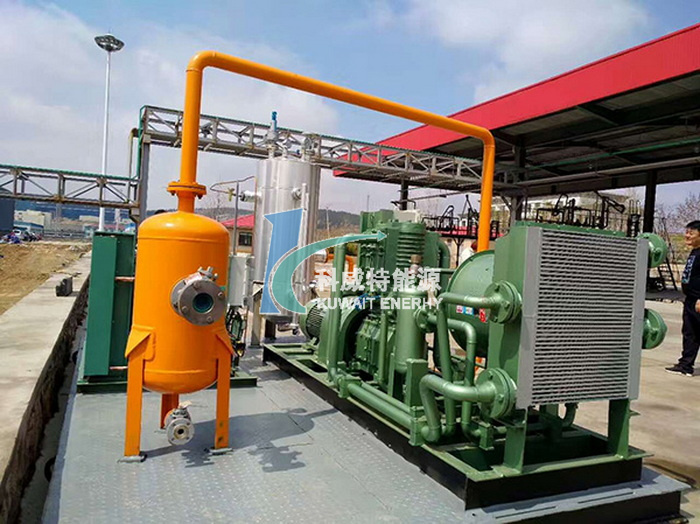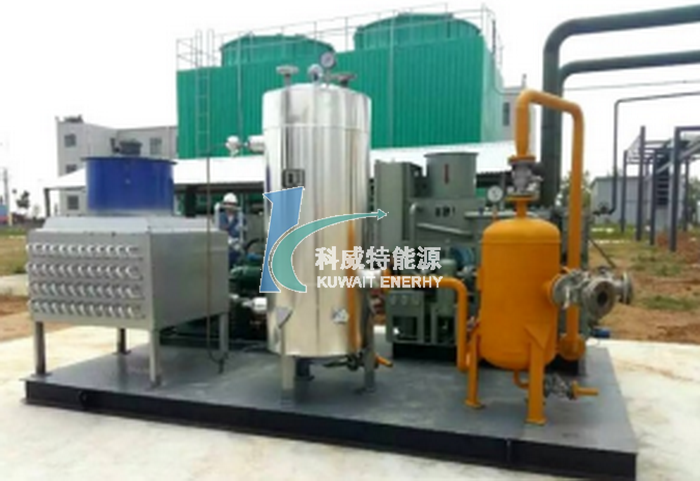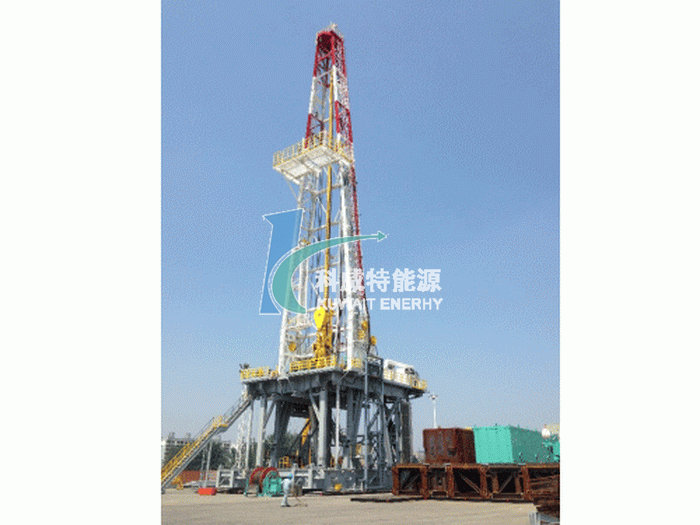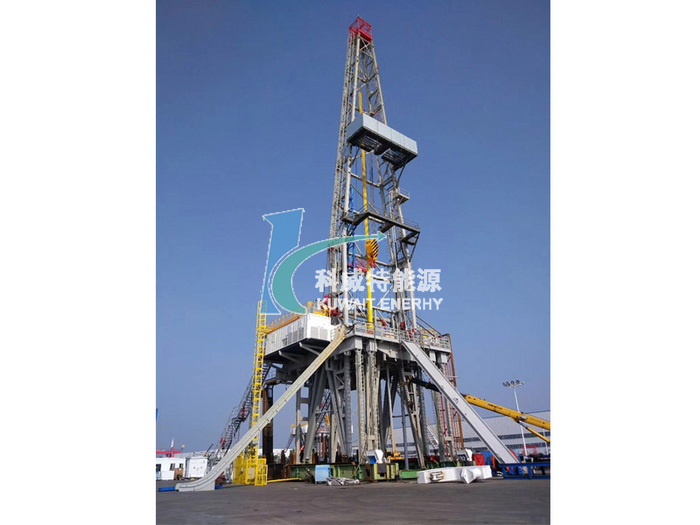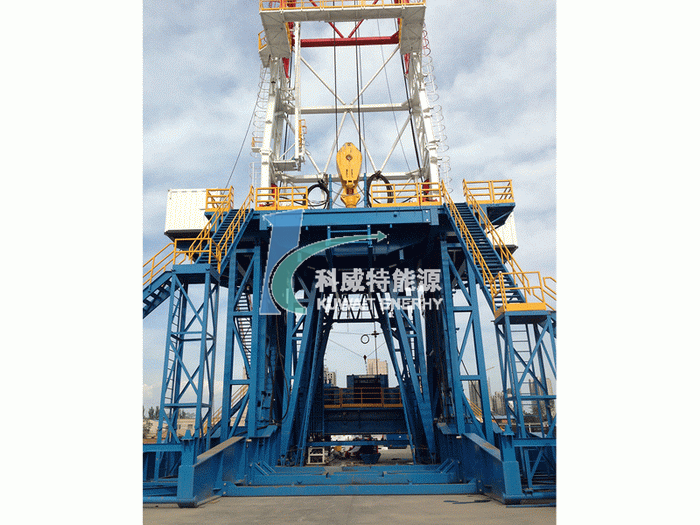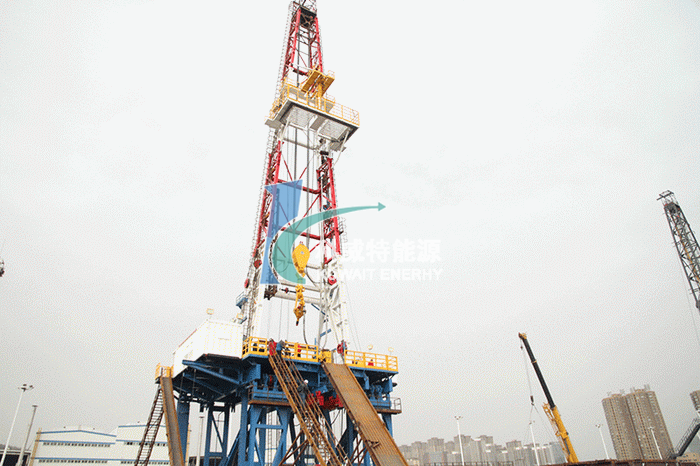Your location:
Home >> Products >> Petroleum equipment
Light hydrocarbon recovery device
Light hydrocarbons, also known as natural gas condensate (NGL), cover C2~C6+in composition and contain condensate components (C3~C5). Light hydrocarbo...
Product Introduction:
| brief introduction Light hydrocarbons, also known as natural gas condensate (NGL), cover C2~C6+in composition and contain condensate components (C3~C5). Light hydrocarbon recovery refers to the process of recovering heavier components in natural gas than methane or ethane in liquid form. On the one hand, its purpose is to control the hydrocarbon dew point of natural gas to achieve the quality indicators of commercial gas and avoid gas-liquid two-phase flow; On the other hand, the recovered liquid hydrocarbons have great economic value and can be directly used as fuel or further separated into mixtures of ethane, propane, butane or propane butane (liquefied gas), light oil, etc. They can also be used as chemical raw materials. If gas is injected back into the formation to maintain reservoir pressure and improve oil and gas recovery, it is also necessary to remove C2+as much as possible. Light hydrocarbon recovery methods The main recycling methods include adsorption, oil absorption, and condensation separation. Adsorption method is a method of separating hydrocarbon gases by utilizing the difference in the adsorption capacity of solid adsorbents with porous structures for hydrocarbon components. Its principle and process are similar to those of molecular sieve dual tower adsorption and dehydration; The oil absorption method is a method that separates different hydrocarbon gases based on the differences in solubility of each component in natural gas in the absorbed oil; The condensation separation method is a method that utilizes the different condensation temperatures of various hydrocarbon components in natural gas to cool natural gas to a certain temperature through refrigeration, thereby condensing and separating hydrocarbons with higher boiling points, and distilling the condensate into qualified products. Refrigeration method Refrigeration refers to the technology of using artificial methods to create low temperatures (below the ambient temperature). The refrigeration system is closely related to the natural gas industry and is mainly used for processes such as light hydrocarbon recovery, hydrocarbon dew point control, liquefied natural gas (LNG) and natural gas helium extraction, CO2 separation, etc. At present, the commonly used refrigeration methods in light hydrocarbon recovery processes include vapor compression refrigeration, throttling expansion refrigeration, expansion mechanism refrigeration, thermal separation mechanism refrigeration, gas vortex refrigeration, etc. Oil suction method The oil absorption method can be divided into room temperature oil absorption method and cold oil absorption method according to the different absorption operating temperatures. The operating temperature of room temperature absorption method is room temperature or slightly lower than room temperature, and it is mainly used in small and medium-sized devices to recover C3+. Cold oil absorption method is a method that combines oil and refrigeration. This method freezes the processed gas and absorbed cold oil to 0~-40 degrees Celsius, which can recover more C2+light hydrocarbons. The C3+recovery rate can reach 85%~90%, and is commonly used in large natural gas processing plants. Condensation separation method According to the different components of natural gas and the degree of recovery required for liquid hydrocarbons, the condensation separation method can be divided into shallow cold separation, deep cold separation, and intermediate cold separation processes according to the process. The main purpose of shallow cold separation is to recover propane (C3), and the refrigeration temperature is generally between 15 and 25 degrees Celsius; The purpose of cryogenic separation is to recover ethane (C2), which requires a propane recovery rate greater than 90% and a refrigeration temperature of -90~-100 degrees Celsius; The temperature for intercooling separation is generally between -30 to -60 degrees Celsius, and sometimes it is also classified as the cryogenic separation part, collectively known as the intercooling separation process.
|
